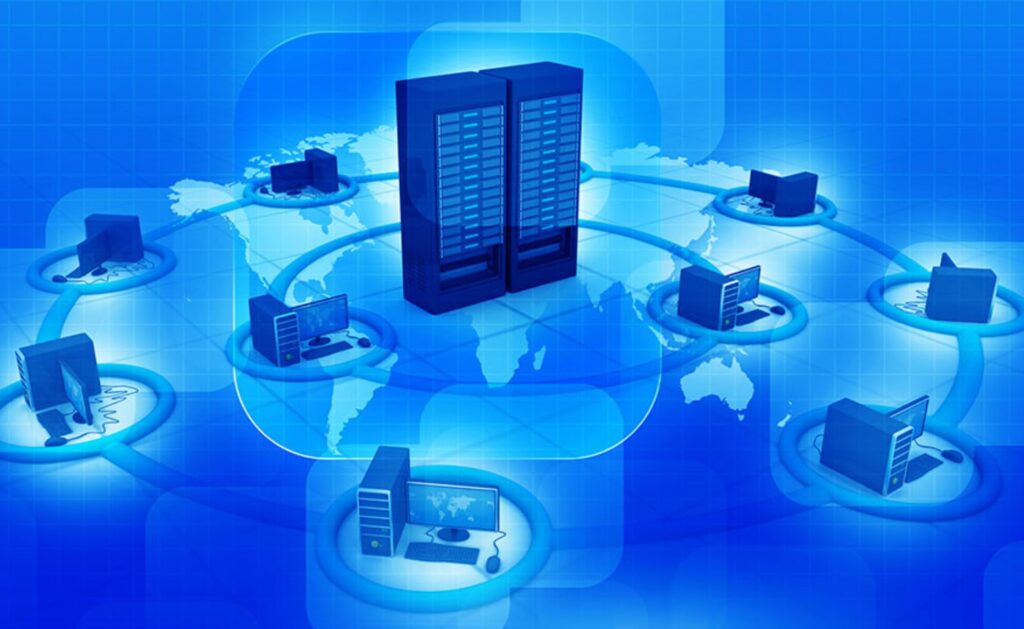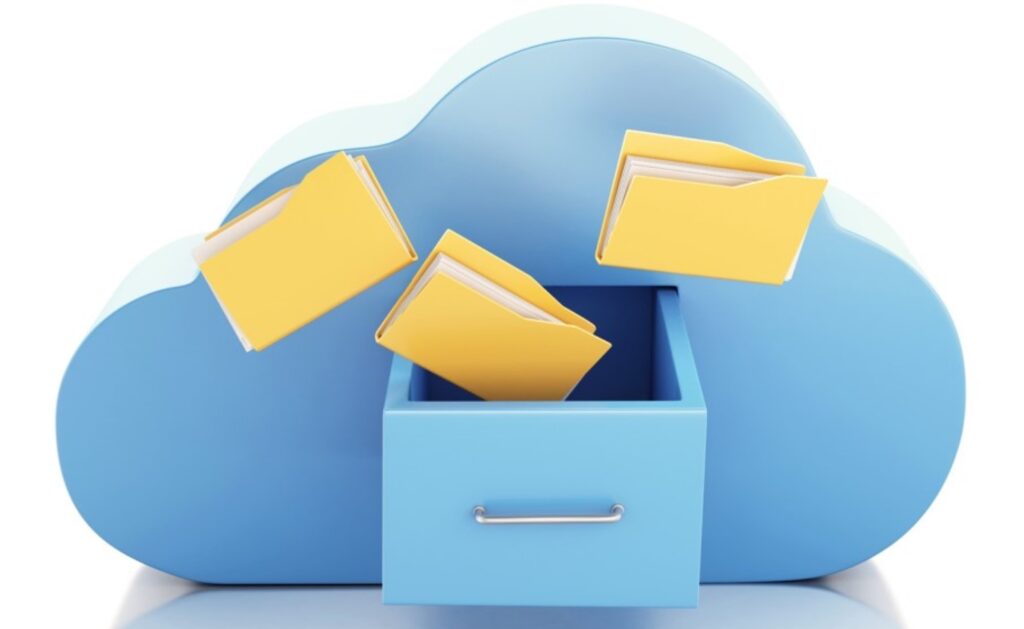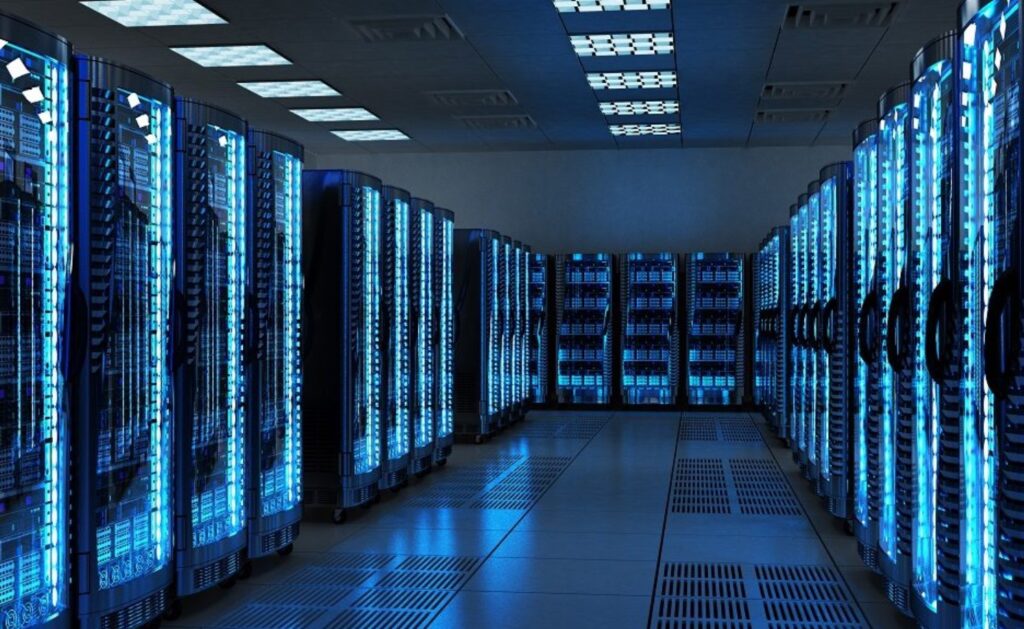These days, we use technology for everything. We take pictures, send messages, and make purchases, passing around our data from place to place. With so much data going from one place to another, we need to find places to keep this data without worrying about it getting stolen or corrupted. That is where a backup source can come in handy, creating an exact copy of the data that we need to keep a hold of and storing it in a safe location.
There are all kinds of storage options nowadays, each made to suit different types of businesses and companies. To choose the right option, companies should first analyze their data usage and look at how they use it daily. This will help steer them in the right direction, getting a hold of the data they collect day after day. In particular, one option, distributed data storage, comes with a lot of potential, made to suit various data needs. If you’re considering which option to choose for your backup needs, we have an introduction to distributed data storage-providing you with the answer to all the questions you may have.

What Is Distributed Data Storage?
Before we get to more details, let’s tackle the first thing: What is distributed data storage? Basically, it is a computer network of information. This information usually comes from some replication, created from a backup via snapshot or clone. This storage option is attached to many nodes connected to the computer network so that all information is collected and stored in different locations for further protection. In simple words, this is an evolving storage type allowing you to tailor your saving and storage options.
How Is Distributed Data Storage Different?
Traditional data storage generally consists of some type of hardware. This hardware is not connected to the system, usually housed outside. Examples of traditional forms of data storage include USBs, CDs, and external hard drives. Distributed data storage, on the other hand, is an evolved option. These examples include cloud-based and other online storage options that are always accessible. Plus, they come with more robust security, protected by encryptions from the inside and firewalls from the outside. Some other differences between traditional and distributed data storage include:

Cost
With traditional storage, you wind up paying more in the long run. This is because most options come with limited space. You will have to purchase new hardware often to keep up with the number of backups that you need to run. Distributed data storage is more cost-effective, with options like free cloud-based options and more. These online options come with seemingly unlimited space and are equipped with options to automate backups, keeping them all stored in one safe place. While you may have to pay a monthly fee for added security, you won’t have to pay much, and you won’t have to worry about finding a physical location to store them all.
Scalability
Traditional means of data storage are not scalable. When you purchase this type of hardware, you get what you get, and that’s it. There are no options to choose options that you need or want simply clicking and dragging files from one place to another. With cloud-based distributed data storage, you have full scalability. Cloud options can be tailored to fit your needs, allowing you to construct an infrastructure that works for you. If more space or additional tools are needed, cloud-based options allow for nodes, which expand the space and keep everything up and running smoothly. These clusters add space, increase protection, and keep things flowing so that your data is always safe and available for use when you need it.

Reliability
Distributed data storage is highly reliable, built to correct faults. These advanced options can replicate data in case of an unforeseen event and store data on different nodes so that it is always available. Cloud-based options always scan for corrupted data, adding an alert if there is ever any data that can harm the other data held in the clusters. This is not the case with traditional data storage, which is forever lost if the hardware is corrupted. These traditional ways have no way of protecting themselves, leaving things up in the air if the device is corrupted in any way and destroying copies forever.
Open Source
When you save data to traditional forms of hardware, you’ll most often have to keep the same hardware so that everything is compatible. It means that you have no options to choose from, having to always stick with the same. With distributed data storage, you have options and can use any system you wish. Cloud solutions are mostly open-source, compatible with all kinds of hardware. When it comes to protecting data, open-source options are some of the best, thanks to the compatibility with other systems that keeps things safe and reduces the overall cost.

Distributed Data Storage: Is It for You?
In the modern epoch, ignoring the data protection and backup principles is the luxury businesses can’t afford. With so many cyber-criminals preying for user data and sensitive banking details, rigorous protection and reserve storage become the number-one priority for all online users, both individuals and businesses. Therefore, the choice of proper data storage is a stage that no one can ignore at the phase of data backup strategy formulation.
While the most effective means of securing data is choosing both traditional and distributed storage, the best option is cloud-based. You can enjoy a lower-cost, open-source, and more advanced form of data storage, all of which is meant to compete with the growing number of attacks and dangers that data faces online.
The online environment is continuously becoming more aggressive, calling for an advanced form of data storage the prevents loss or theft of data. Choosing advanced and safe options is essential, letting you handle your business while knowing that you’ll have a copy of your files just in case anything is to happen. The digital age is among us, so it’s high time to excel in the data storage science with distributed data storage.









